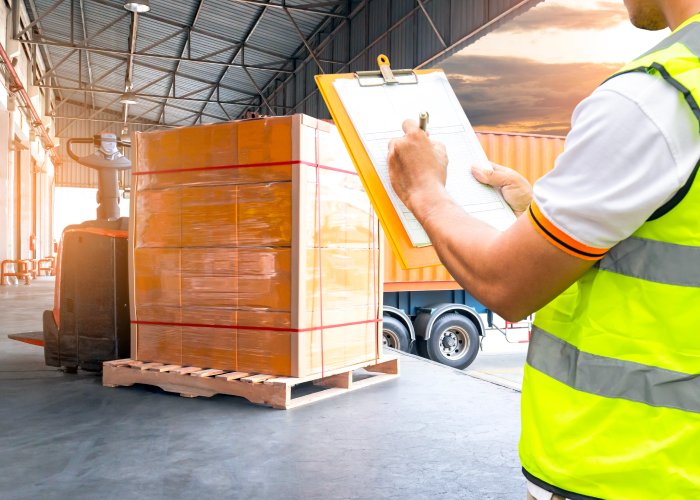Global has resulted in a world that’s almost incomprehensibly interconnected. While this applies to the movement of people, it also revolves around the transport of goods. Freight handling is constantly evolving, and logistics providers must keep up to date with the latest solutions.
Automated loading technologies represent perhaps one of the biggest advances in this area, with several interconnected benefits. From increased safety and impressive sustainability improvements, here’s how automated loading technologies will influence the future of freight handling.

Increased safety
Freight handling has, historically, been an area of relatively high risk for most workers. The combination of moving machinery and heavy items means that warehouses are still among the most dangerous places people can work in most developed countries.
Automated loading technologies can potentially eliminate most, if not all, of these risks. By removing the need for heavy machinery such as forklift trucks and decreasing the need for human operators, automated loading systems mean that people are at less risk of injury, resulting in a more socially responsible work environment.
Improved efficiency
The core goal behind developing automated loading technologies by companies such as Joloda Hydraroll is to increase efficiency.
Automated loading systems can dramatically increase efficiency by creating an interconnected loading system, where each part of the loading process is treated as part of a whole rather than as an individual component.
In most cases, this will result in the warehouses requiring fewer loading docks by decreasing the amount of time each lorry needs to wait to load and unload.
Sustainability
One of the important side-benefits of increased efficiency is the positive effects that automated loading technologies have on sustainability. The logistics industry has a long way to go to meet its sustainability-related targets and its solutions, such as loading automation that will help us to get there.
These technologies have a twofold positive impact. First, they effectively eliminate the emission of greenhouse gasses in the warehouse environment, while second, by speeding up loading and unloading processes themselves, they decrease the number of lorries that need to be on the road at any one time.
It’s important to note that this positive effect on sustainability doesn’t come at a cost; the result of increased efficiency, instead, cuts costs, by reducing the number of vehicles, drivers, and warehouse employees necessary to operate the system.
Integration
To get the most out of these technologies, you need to think about how they’ll integrate into your existing freight handling system.
It might be that you have to make substantial changes to how you currently run things or that you’ll have to look for solutions that can better cater to your precise needs. By working with experts, you can ensure you end up with the automated loading technology that works best for you.
This shouldn’t be a process that you achieve once and for all. Instead, try to frame the optimisation of freight handling as an ongoing area of improvement, where gains can constantly be made afresh as new technologies and strategies emerge.
Read more about Why become a first-time commercial property landlord




